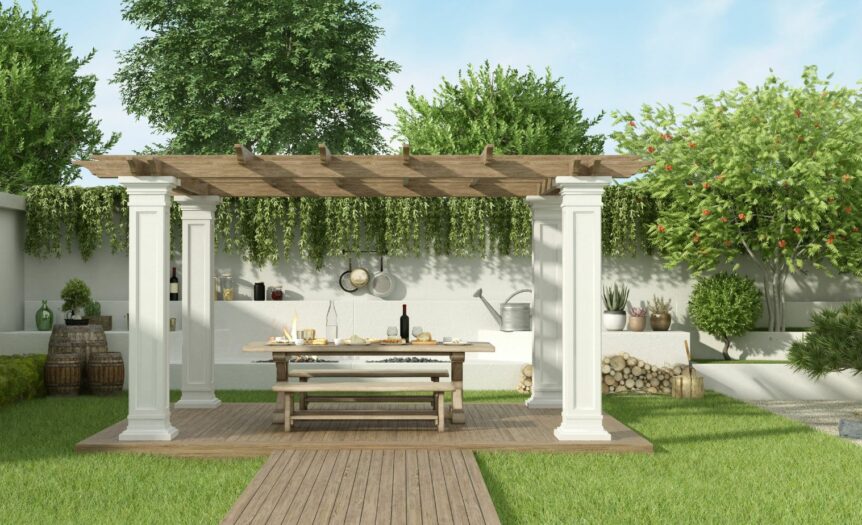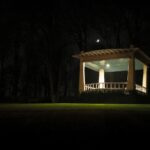Lean To Gazebo
When it comes to creating an outdoor space that provides shade and relaxation, a lean-to gazebo is a popular choice. This type of gazebo is designed to be attached to the side of a building or structure, providing a seamless extension of your living space. Whether you have limited yard space or simply prefer the convenience of having your gazebo close by, a lean-to design offers both practicality and style.
One of the benefits of a lean-to gazebo is its versatility. It can be customized to fit any size or shape, allowing you to make the most out of your available space. From small cozy nooks for reading and enjoying morning coffee, to larger structures that can accommodate dining areas and outdoor gatherings, there are endless possibilities when it comes to designing your ideal lean-to gazebo.
Not only does a lean-to gazebo provide shelter from the elements, but it also adds aesthetic appeal to your outdoor area. With various materials such as wood, metal, or vinyl available for construction, you can choose one that complements the existing architecture of your home. Additionally, you have the flexibility to incorporate features like screens or curtains for added privacy and protection against insects.
In conclusion, if you’re looking for an attractive and functional addition to your outdoor living space, consider investing in a lean-to gazebo. Its customizable design and ability to seamlessly blend with your existing structure make it an excellent choice for those seeking both practicality and style. So why not create an inviting oasis right outside your door with a beautiful lean-to gazebo?

Choosing the Right Location for Your Lean to Gazebo
When it comes to setting up your lean-to gazebo, one of the first and most important decisions you’ll need to make is choosing the right location. The placement of your gazebo can greatly impact its functionality, aesthetic appeal, and overall enjoyment. So, let’s dive into some key factors to consider when determining where to position your lean-to gazebo.
- Assess the Space: Start by evaluating the available space in your yard or outdoor area. Look for an open area that can accommodate the size of your gazebo without crowding other structures or impeding foot traffic. Consider any existing landscaping features such as trees, shrubs, or slopes that may affect the placement.
- Sunlight and Shade: Think about how much sunlight or shade you want in your lean-to gazebo throughout the day. If you prefer a shady spot to relax during hot summer days, look for areas with ample tree coverage or choose a location where you can install sun-blocking fabrics on one side of the gazebo. On the other hand, if you enjoy basking in sunlight, select a spot that receives plenty of direct sunlight.
- Wind Direction and Protection: Pay attention to prevailing wind patterns in your area and choose a location that provides some degree of protection from strong winds. Placing your lean-to gazebo against a solid structure like a wall or fence can help shield it from gusts while still allowing airflow.
- Privacy and Views: Consider whether you want privacy within your gazebo or if you desire unobstructed views of surrounding landscapes. If privacy is important to you, position your gazebo away from prying eyes or use fencing and hedges strategically around it. Conversely, if you have breathtaking vistas like mountains or a serene lake nearby, aligning your gazebo in such a way that maximizes those views would be ideal.
- Accessibility and Proximity: Think about how you plan to use your lean-to gazebo. If it’s intended for dining or entertaining purposes, consider placing it near your outdoor kitchen or patio area. On the other hand, if you’re looking to create a peaceful retreat, locate it farther away from high-traffic areas for added tranquility.
Remember, these are just some general guidelines to help you choose the right location for your lean-to gazebo. Ultimately, the decision will depend on factors specific to your property and personal preferences. Take your time, explore different options, and envision how each potential spot would complement your outdoor living space.








